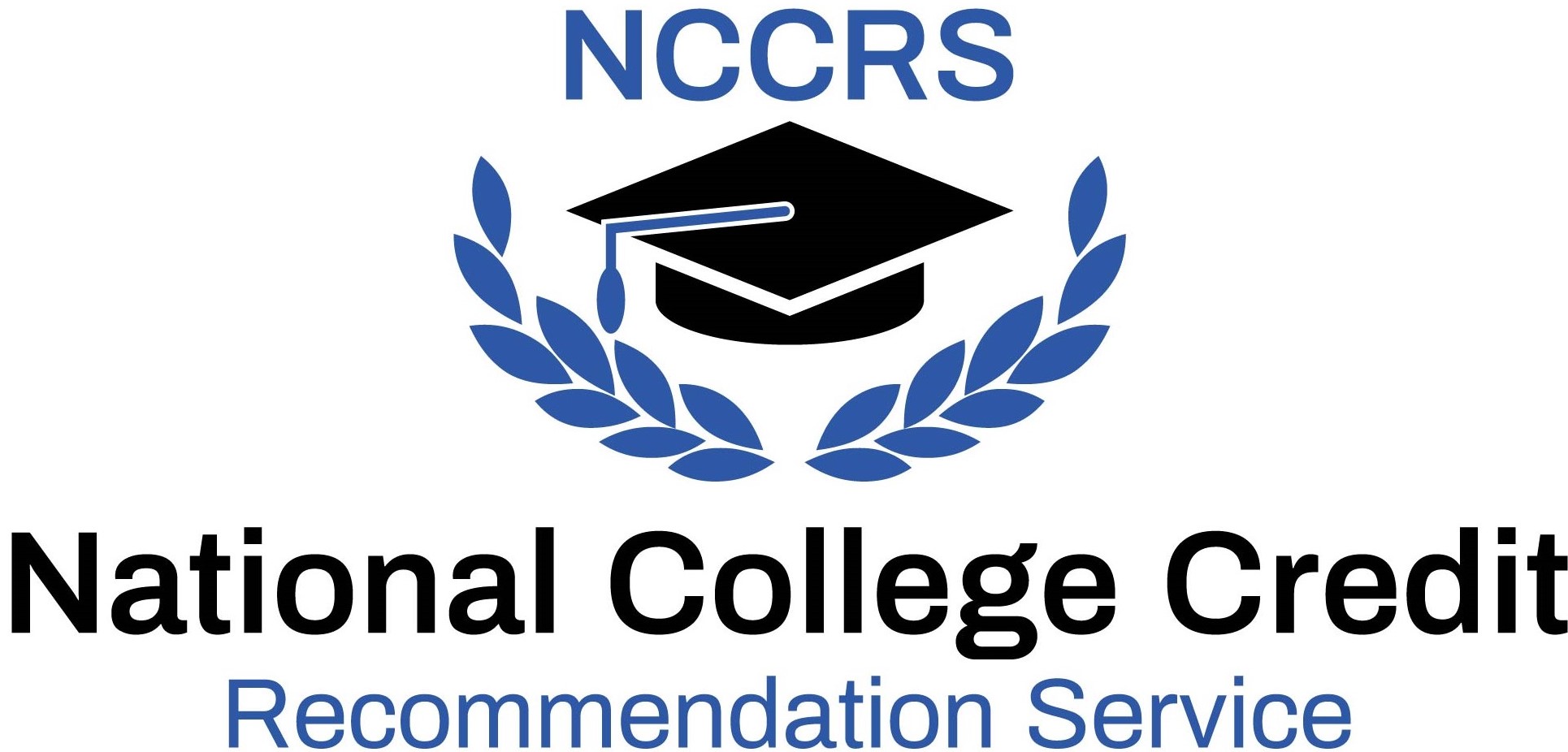Length: Variable, depending upon the individual's preparation needs.
Dates:
Objectives:
Instruction:
Credit recommendation:
Length: Variable, depending upon the individual's preparation needs.
Dates:
Objectives:
Instruction:
Credit recommendation:
Length: Variable, depending upon the individual's preparation needs.
Dates:
Objectives:
Instruction:
Credit recommendation:
Length: Variable, depending upon the individual's preparation needs.
Dates:
Objectives:
Instruction:
Credit recommendation:
Length: Variable, depending upon the individual's preparation needs.
Dates:
Objectives:
Instruction:
Credit recommendation:







